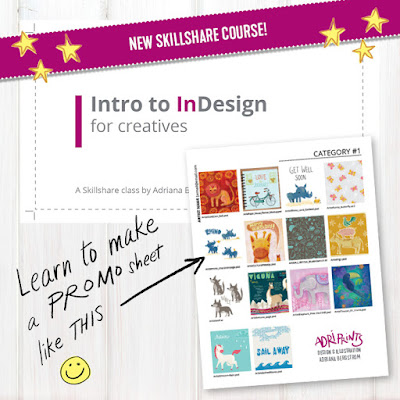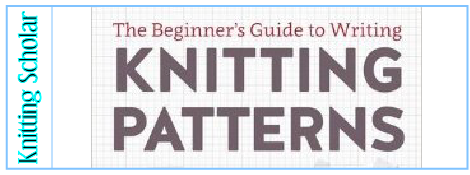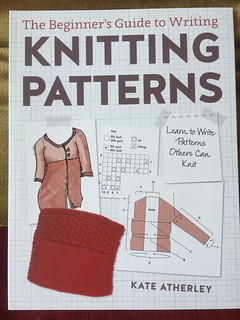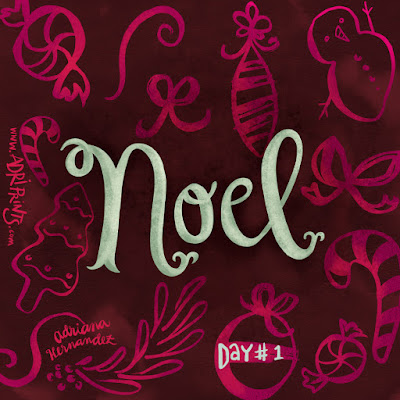
My middle kiddo, Felix, turns four today. So, it’s a day to celebrate.
I don’t talk much about the kiddos on the blog, except to say how much work they are. But Felix so amazing. He loves the alphabet and numbers and drawing people with faces. He likes animals and playing outside and water. He likes to work beside me when I’m writing at the dining room table. He sits at one of Brock’s old computers and types words like “sunny” and “pizza” and some amalgamation of letters that I think is supposed to be purple. He’ll get it soon.
One thing Felix loves, even though it does not love him back is chocolate. So we avoid it now, which has been throwing me for a loop because all of my go to deserts have chocolate in them. I mean, if there’s not chocolate, why bother, amiright?
That’s where these vanilla cupcakes come in. The are light and moist and just the right amount of sweet. Paired with a rich vanilla buttercream, I don’t even miss the chocolate.
I adapted these from a regular old gluten and dairy filled recipe. So you can totally make that version too. But, if you’re like me and half my family, wheat and dairy only make you sick, which totally takes away from the sugar high, you know. So I made mine with gluten free flour, buttery sticks, and lactose free kefir, but if you want to completely avoid the dairy, just substitute your favorite dairy-free milk. I used kefir because the recipe called for buttermilk, and I was trying to approximate the taste and effect buttermilk has in cake. Like buttermilk, kefir adds depth of flavor and makes the cake fluffy.
For best results, these are the products I used in these cupcakes (some of these are affiliate links):
- Gluten Free Flour: Bob’s Red Mill Gluten Free 1 to 1 Baking Flour 22 oz (623 grams) Pkg
- Butter Substitute: Earth Balance Soy Free Vegan Buttery Sticks This is the closest thing I’ve found that tastes and acts like real butter without soy, because yeah, some of us also can’t eat dairy or soy. FML.
- Lactose Free Kefir: Green Valley Organic Trade Plain Lactose Free Kefir, 32 Ounce — 6 per case.
(I just linked to the case so you could see what it looked like. You only need half a jug for this recipe at most. But hey, if you need 6 bottles of plain kefir tomorrow, click away.)

And now onto the good stuff:
Gluten Free, Lactose Free Vanilla Cupcakes
Ingredients
- 2 3/4 cups Bob’s Red Mill One-to-One Gluten Free Flour
- 1 TBSP Baking Powder
- 1/2 tsp sea salt
- 2 sticks Earth Balance Buttery Sticks (1 cup), room temperature
- 2 cups granulated sugar
- 5 large eggs, room temperature
- 1 1/4 cups lactose free kefir (or sub your favorite non-dairy milk)
- 1 TBSP Vanilla
Directions:
- Preheat over to 350
- Line and grease two muffin tins
- In medium bowl, combine dry ingredients and whisk until blended. Set aside
- In large bowl, beat buttery sticks on medium with hand mixer (or stand mixer, or, if you’re using a whisk, do like Bob Ross says and “Beat the devil out of it.”) Seriously, beat the butter for like, three minutes, scrappin’ down those sides. Buttery stuff should be light and whipped looking
- Add sugar and beat for another two more minutes until mixture is on the fluffier side of doughy. (About two minutes)
- Beat in eggs one at a time.
- Mix Vanilla in with Kefir
- Add 1/3 of flour mixture, beat until combined
- Add 1/2 of kefir mixture, beat until combined
- Add second 1/3 of flour mixture, beat until combined
- Add rest of kefir mixture, beat until combined
- Add rest of flour mixture, beat until combined
- Using 1/4 size measuring cup, portion out batter into muffin tins. Will make about 24-30 cupcakes.
- Bake for 14 minutes or until edges start to brown and middles are set
- Let cool for five minutes in tin, then move to cooling rack to cool completely before frosting.
Icing Recipe
- 2 buttery sticks (1 cup), room temperature
- 4-6 cups powdered sugar
- 1 TBSP vanilla
- 1-2 TBSP almond milk as needed
Direction:
- Beat the devil out of the buttery sticks again
- Sift in powdered sugar 1-2 cups at a time, beating until combined
- Add vanilla after 4 cups, adding almond milk as needed to thin.
Frost cooled cupcakes as desired.
Enjoy!



























